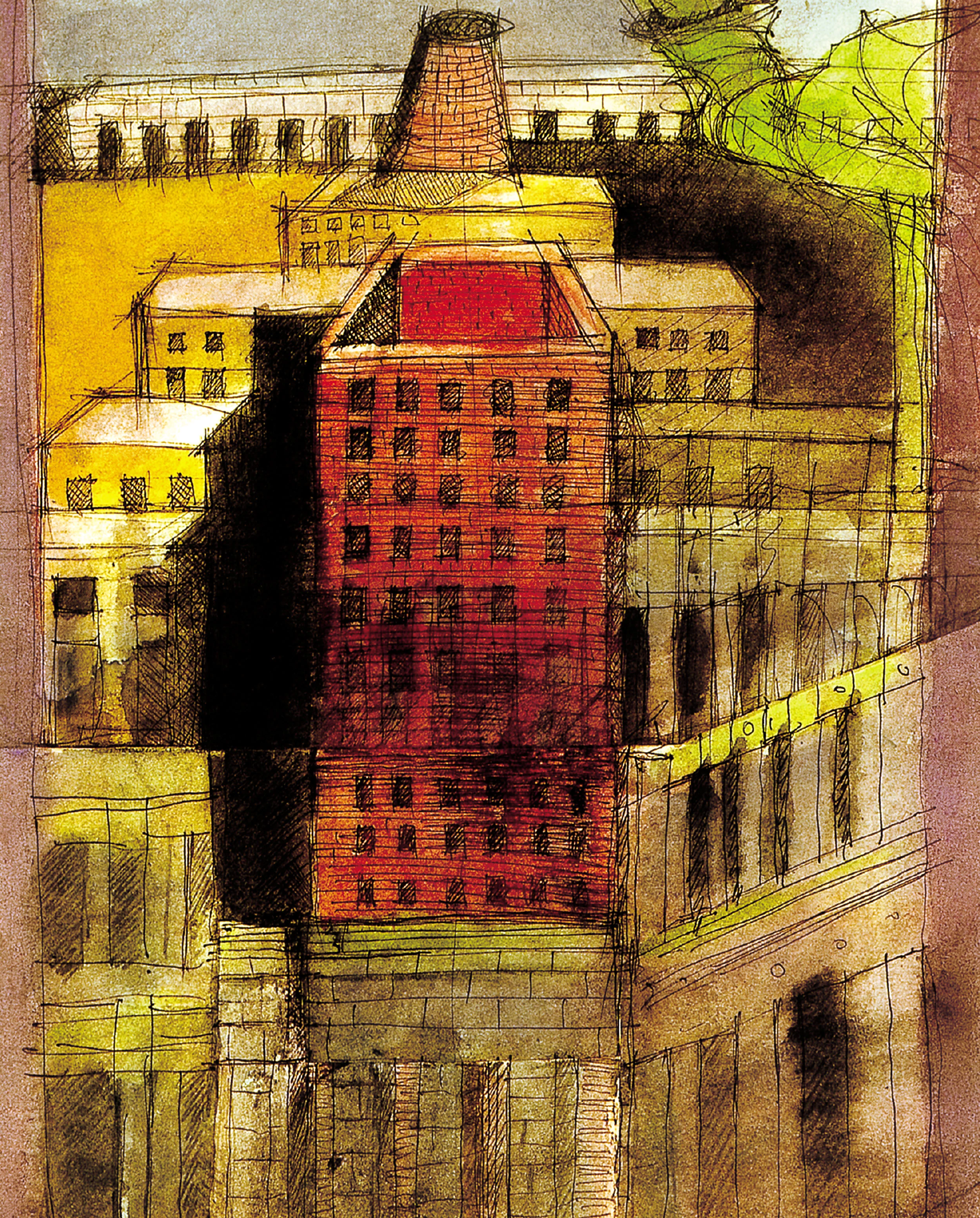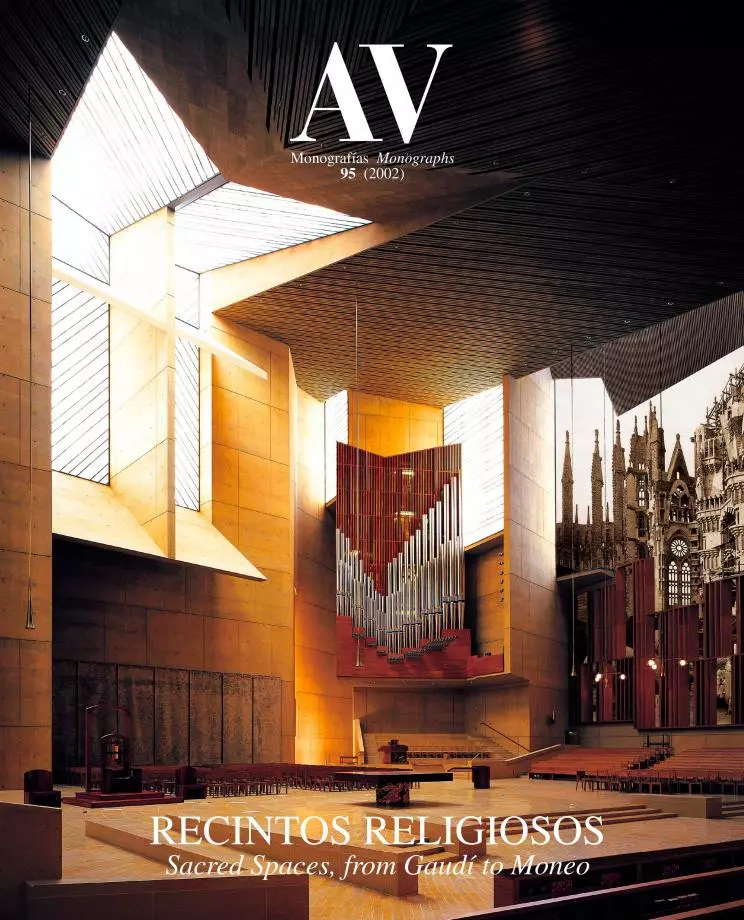San Cataldo Cemetery, Modena
Aldo Rossi- Type Religious / Memorial Place of worship
- Date 1971 - 1978
- City Módena
- Country Italy


If the projects for parish churches find in the community liturgy the main argument through which to develop their own sense as architecture, the projects for cemeteries look for a more complex referent: where there is a tension between the sense of architecture and the significance of the ritual, which actively interfere upon one another before the disquieting presence of the questions about the meaning of life precisely when it ends. While in Christian tradition architecture has often performed as a vehicle for notions of transcendency, it has almost always been easier for it to reminisce the glory than to acknowledge annihilation. At least since the Enlightenment, when divinity was gradually transformed into a summum bonum, the negative or terrible aspects of divinity became hard for it to conceive, and the relentless time, such a dear figure in the Baroque period, became unbearable. Reason prefers harmony to fatalism, or, in mythical terms, a God architect rather than an unappealable and resentful judge.
This is the enlightened skepticism that Aldo Rossi willingly inherited. He maintained the fascination toward the funerary building, for the monument as a place of psychic concentration where what is rational wishes to be absolute, to the point of seeming dogmatic, thus revealing his Marxist roots. Like in the Enlightenment, geometry provides the immanent character needed by reason to protect itself from devouring time, and the mathematical abstraction of form is set forth as the symbol of a timeless intelligence. And the Marxist Rossi, the enlightened professor who initiated his career as an architect-builder, was tested in San Cataldo and he preferred to follow – in the symmetry and naked geometry – his own liking of the monumental architecture of religious sentiment, an experience he cultivated throughout his life and which he talked about in his Scientific Autobiography.
He considered the cemetery as a house of the dead and proposed for it a melancholic analogy: it is like a complex of abandoned constructions, a house, a chimney, some porticoes. Neglect and melancholy tinge the image of the cemetery and it is transformed into a sort of civil piety. The nakedness and the severity of the sketches of the first years of the seventies and his posterior work will remain, with the sentiment of death, as a purpose in the work of the architect. A purpose that has been called metaphysical but which cannot transcend the harsh reality, and that does not wish to suggest hope but rather to present itself deafly in a halted time. The still walls of Rossi hold up one’s breath before pain...[+]







